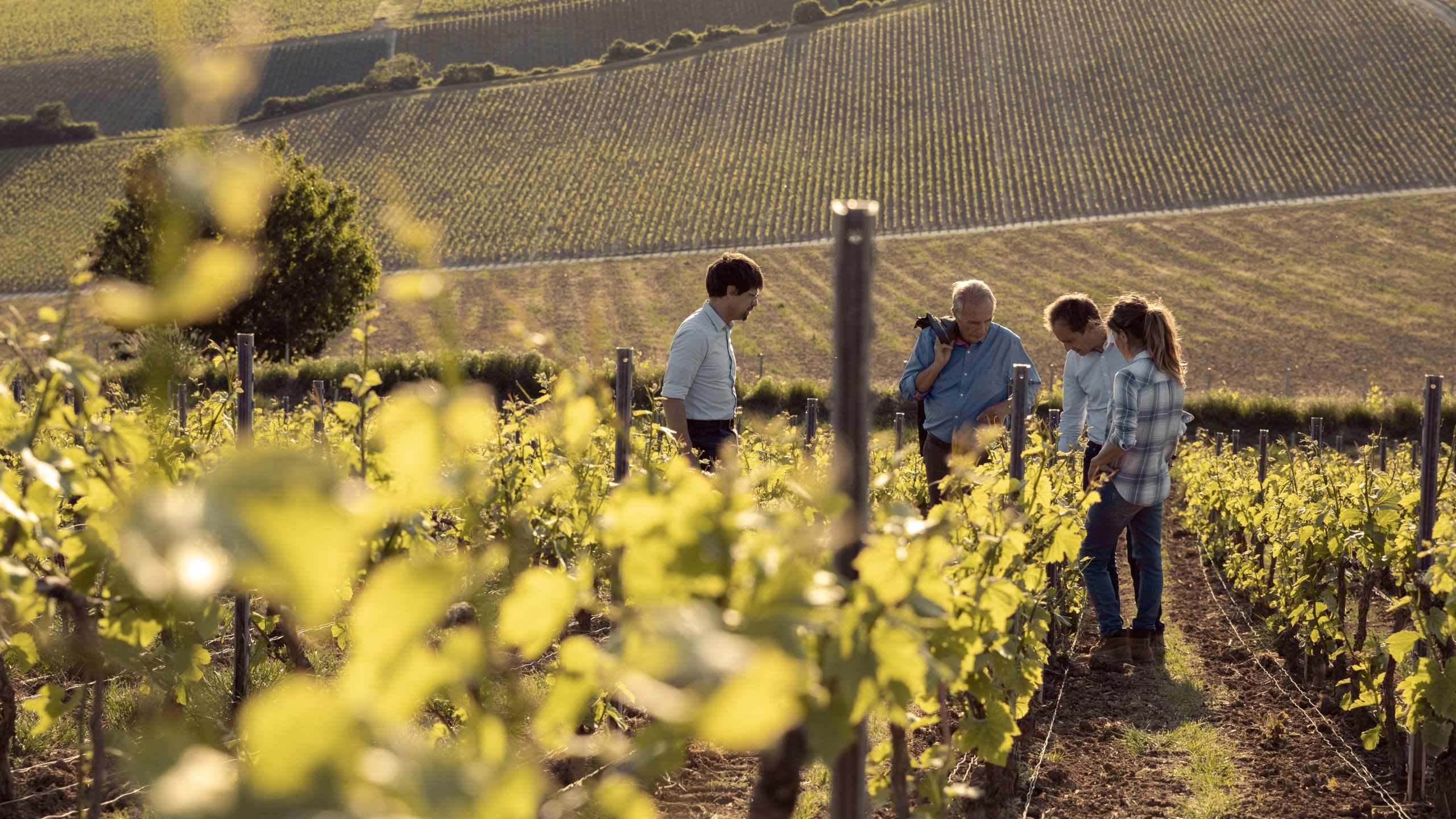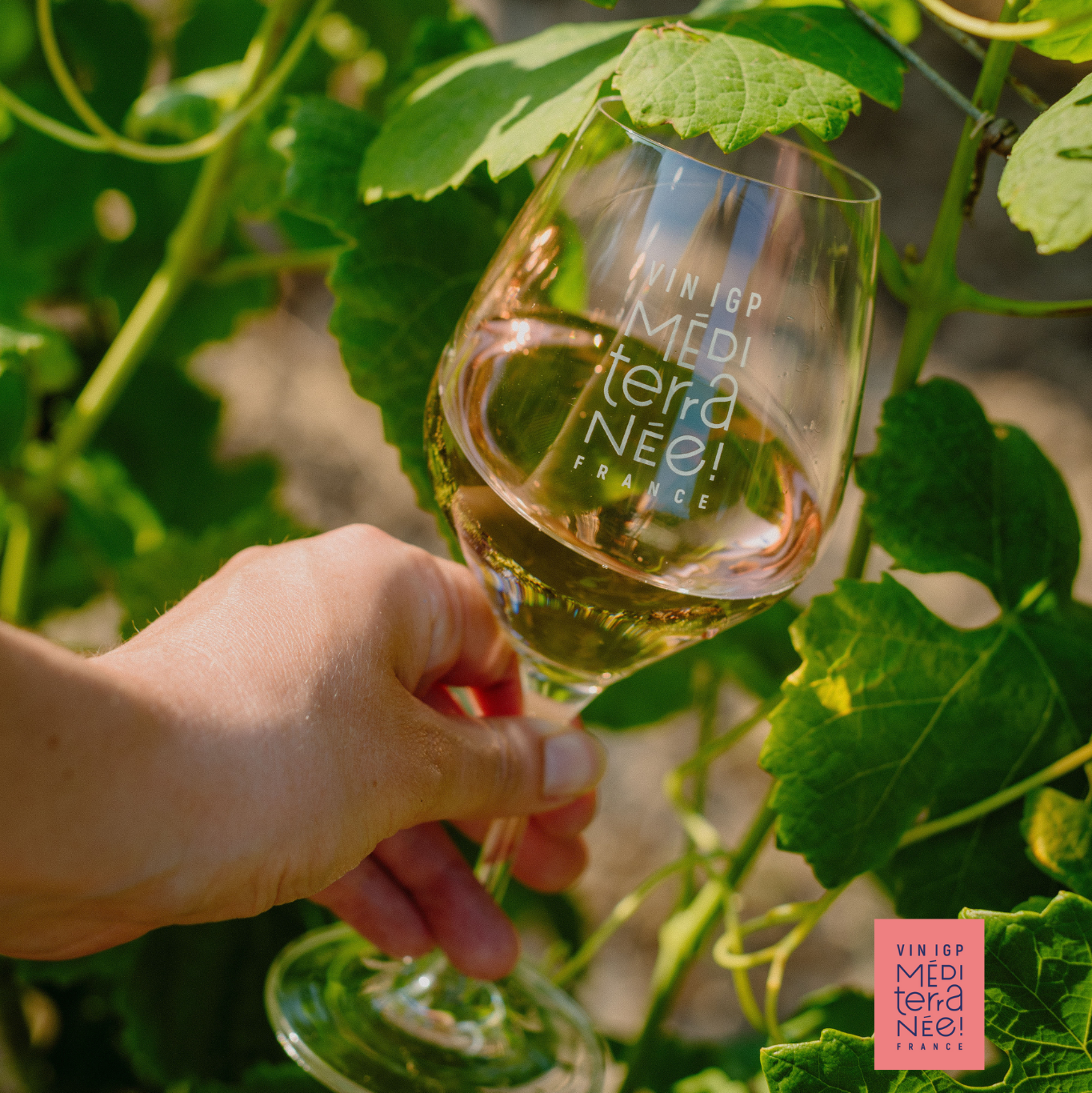The transformative impact of AI on the drinks trade
Ahead of the drinks business‘ first artificial intelligence (AI) conference, we look at how the technology will impact the drinks trade and change it forever.

Artificial Intelligence (AI) is revolutionising industries across the world, and the wine and wider drinks trade is no exception. From viticulture and winemaking to marketing and distribution, AI tech is poised to significantly enhance efficiency, quality, and consumer experience.
Here, db delves into the various ways AI will impact drinks, exploring both the current applications and the potential future developments that could reshape the sector.
Precision agriculture
Precision agriculture, powered by AI, is transforming viticulture by enabling winemakers to monitor and manage their vineyards with unprecedented accuracy. Drones equipped with multispectral cameras and sensors collect data on soil conditions, vine health, and microclimates.
AI algorithms then analyse this data to provide actionable insights, such as identifying areas of the vineyard that require irrigation, pest control, or nutrient adjustments.
This level of precision ensures optimal growing conditions, leading to higher yields and better-quality grapes. For instance, by detecting signs of disease early, AI can help prevent widespread damage to the vineyard, saving time and resources while ensuring the health of the vines.
Innovate UK project

There are several examples where drones have already been used in the vineyard effectively, for example the Innovate UK Viticulture 4.0 project. The Vineyard Information System for Technology and Automation (VISTA) scheme will create an open standard for digital maps of commercial vineyards within the UK and also potentially globally, which could support more automation in farming operations.
The project will start digitally mapping vineyards at a row and even an individual vine level, using JoJo’s Vineyard in Oxfordshire as the first test site on the Defra-supported programme. Drone, robot and in-field sensors will be used to monitor climate and weather, crop health, soil moisture, fruit counts, and fruit quality, with the VISTA map providing the digital platform to process the data.
In the second year of the project, the map will then be used to drive precision spraying systems on the farm, and to produce accurate pre-harvest yield maps for growers.
The project is led by a consortium which includes collaboration tech experts from Agri-EPI Centre, crop mapping specialists from Outfield Technologies, roboticists from Antobot, viticultural consultants from Vinescapes, and robotic mapping researchers from the University of Lincoln.
Eliot Dixon, head of engineering at Agri-EPI Centre, said the industry had a “strong need” for increase data integration to unlock the potential of precision agriculture.
Predictive analytics
Predictive analytics is another area where AI is making a significant impact. By analysing historical data on weather patterns, soil conditions, and grape yields, AI models can forecast future conditions and recommend the best times for planting, pruning, and harvesting.
This predictive capability helps winemakers make informed decisions that enhance the quality and consistency of their wines.
For example, AI can predict the likelihood of frost or drought, allowing vineyard managers to take preventive measures to protect their crops. Additionally, AI can analyse consumer preferences and market trends to forecast demand for different wine varieties, enabling winemakers to adjust their production accordingly.
Quality control and recipes
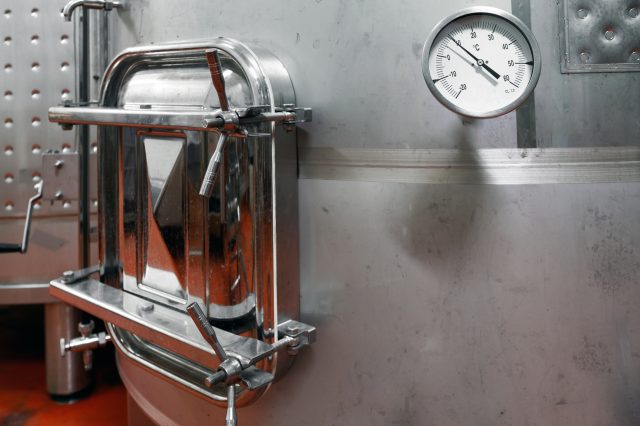
AI technologies are improving quality control in winemaking by providing real-time monitoring and analysis of the fermentation process. Advanced sensors and IoT (Internet of Things) devices can measure temperature, pH levels, and sugar content continuously.
AI algorithms analyse this data to ensure that the fermentation process is proceeding optimally, alerting winemakers to any deviations that could affect the quality of the wine.
This real-time monitoring allows winemakers to intervene promptly, making adjustments to maintain the desired flavor profile and quality. By reducing the risk of spoilage and ensuring consistency, AI helps winemakers produce high-quality wines with fewer resources.
In addition, AI can be used to create recipes specific to consumer demand. In an example in the beer industry, research involving chemical and sensory analysis of 250 different beers, was used to “train machine learning models that allow predicting flavour and consumer appreciation”.
Scientists stated that “for each beer, we measure over 200 chemical properties, perform quantitative descriptive sensory analysis with a trained tasting panel and map data from over 180,000 consumer reviews to train 10 different machine learning models”.
According to the study, “predicting and understanding food perception and appreciation is one of the major challenges in food science” but accurate modelling of flavour and appreciation could “yield important opportunities for both producers and consumers, including quality control, product fingerprinting, counterfeit detection, spoilage detection, and the development of new products and product combinations”.
In addition, a new artificial intelligence-based tool has been made which includes input from scientists provides wine recommendations based on consumers’ personal tastes and budgets.
The digital ‘taste map’ aims to guide drinkers towards bottles which they would naturally prefer, and claims to ‘democratise’ the process of wine selection. Rather than calling for the help of a sommelier or a wine expert, the tool aims to offer an “accessible and affordable way for individuals to discover wines”.
It has been created by Danish scientists with research presented in August last year before the app was created. The information is a large multi-modal wine dataset and based on the relationship between visual perception, language and flavour. It includes 897,000 images of wine labels, 824,000 reviews of wines from the Vivino platform, and 350,000 vintages, annotated with year, region, rating, alcohol percentage, price and grape composition.
Automated winemaking
Automation is becoming increasingly prevalent in winemaking, with AI playing a central role. AI-driven robots can perform tasks such as sorting grapes, crushing, and pressing with precision and consistency.
This automation not only reduces labour costs but also minimizes human error, ensuring that the winemaking process adheres to strict quality standards.
For instance, robotic systems equipped with machine learning algorithms can sort grapes based on their size, color, and ripeness, ensuring that only the best grapes are used in production. This level of precision enhances the overall quality of the wine and increases production efficiency.
Consumer insights in drinks marketing
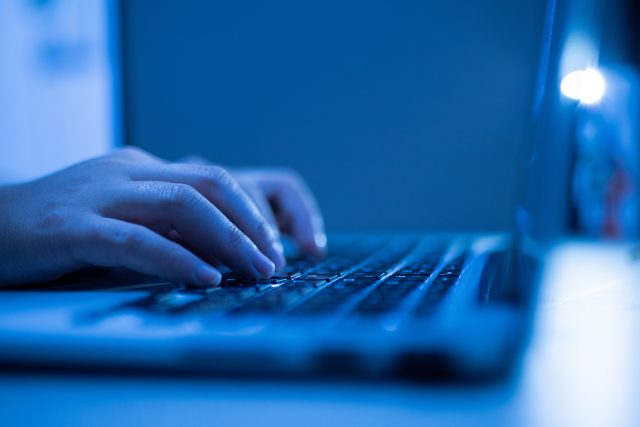
AI is revolutionising marketing and sales in the wine trade by providing deep insights into consumer behavior and preferences. Machine learning algorithms analyse vast amounts of data from social media, online reviews, and purchase histories to identify trends and patterns.
These insights enable wineries to tailor their marketing strategies and product offerings to meet the specific tastes and preferences of their target audience.
Partner Content
For example, AI can help wineries and drinks firms identify which wine varieties or drinks are most popular among different demographic groups, allowing them to create targeted marketing campaigns.
Additionally, AI-powered recommendation systems can suggest wines to consumers based on their past purchases and preferences, enhancing the customer experience and boosting sales.
Personalised marketing
Personalized marketing is another area where AI is making a significant impact. By leveraging AI algorithms, wineries can create personalized marketing campaigns that resonate with individual consumers.
AI can analyse data on consumer behavior, such as browsing history and purchase patterns, to deliver targeted advertisements and promotions.
For instance, if a consumer frequently purchases a particular type of wine, AI can send personalized recommendations and special offers for similar wines. This level of personalisation enhances customer loyalty and increases the likelihood of repeat purchases.
Supply chain optimisation
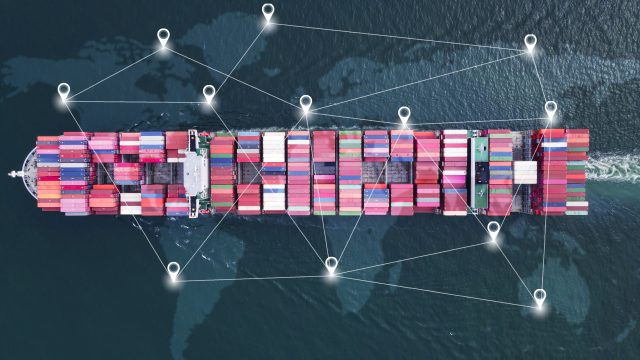
AI is optimising supply chain operations in the wine trade by providing real-time visibility and predictive analytics. AI algorithms can analyse data on inventory levels, production schedules, and shipping times to optimize the supply chain and reduce costs.
This ensures that wineries can meet consumer demand efficiently while minimizing waste and delays.
For example, AI can predict the optimal time to reorder supplies based on historical sales data and current inventory levels, reducing the risk of stockouts and overstocking.
Additionally, AI can optimize shipping routes and schedules, ensuring that wines are delivered to retailers and consumers in the most efficient and cost-effective manner.
Blockchain and AI integration
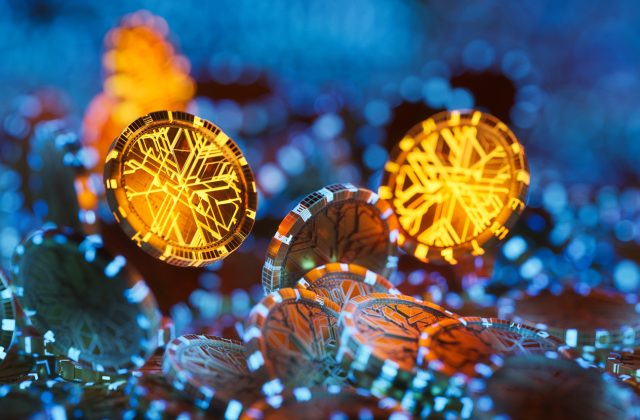
The integration of AI with blockchain technology is enhancing transparency and traceability in the wine supply chain. Blockchain provides a secure and immutable record of every transaction and movement of wine from vineyard to consumer.
AI can analyze this data to detect anomalies, prevent fraud, and ensure the authenticity of the wine.
For instance, AI can track the provenance of a bottle of wine, ensuring that it comes from a reputable source and has not been tampered with. This level of transparency builds trust with consumers and helps combat issues such as counterfeit wines.
There are already several examples of NFTs in the wine and spirits trade. Last week, web3 platform InterCellar launched a number of this year’s Bordeaux en primeur wines as non-fungible tokens (NFT) through Crypto.com. In January, the boss of the Whisky Exchange told db that the use of NFTs and blockchain technology has “a lot of implications” for the world of rare and collectable spirits.
Advanced applications
As AI technology continues to evolve, new applications and innovations are likely to emerge in the drinks trade.
For example, AI-powered virtual tasting assistants could guide consumers through the tasting experience, providing personalized recommendations based on their preferences. Augmented reality (AR) and AI could also be combined to create immersive wine education experiences, allowing consumers to learn about different wine regions and varieties interactively.
Sustainability and AI
Sustainability is becoming increasingly important in the wine industry, and AI can play a crucial role in promoting environmentally friendly practices. AI-driven precision agriculture reduces the need for chemical inputs, such as pesticides and fertilizers, by targeting specific areas of the vineyard.
Additionally, AI can optimize irrigation practices, reducing water usage and promoting sustainable water management.
AI can also help wineries monitor and reduce their carbon footprint by analyzing data on energy usage and emissions. By identifying areas for improvement, wineries can implement sustainable practices that benefit both the environment and their bottom line.
Challenges
While the potential benefits of AI in the drinks trade are substantial, there are also challenges and considerations to address. One major concern is the cost of implementing AI technologies, which can be prohibitive for smaller wineries.
Additionally, there is a need for ongoing education and training to ensure that winemakers and vineyard managers can effectively utilise AI tools.
Privacy and data security are also critical considerations, as AI relies on vast amounts of data to function effectively. Wineries must ensure that they comply with data protection regulations and implement robust security measures to safeguard consumer information.
AI is poised to transform the wine trade, offering significant benefits across viticulture, winemaking, marketing, and distribution. By enhancing precision, efficiency, and quality, AI technologies are helping wineries produce better wines and deliver a superior customer experience.
Embracing AI presents both opportunities and challenges, but the potential rewards make it a journey worth undertaking for wineries looking to thrive in the digital age.
Related articles
The potential impact of OpenAI’s GPT-4o on the drinks industry
Could ChatGPT be the future of brewing?
AI could be the answer to stopping wine fraud
Will the Apple Vision Pro change the drinks industry forever?
SIGN UP TO THE DRINKS BUSINESS AI CONFERENCE HERE
Related news
Strong peak trading to boost Naked Wines' year profitability



